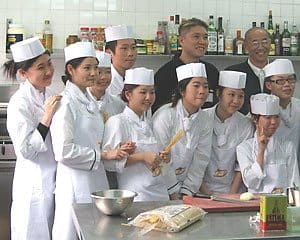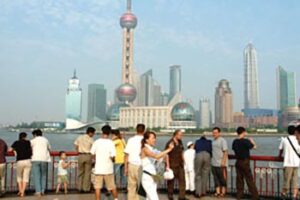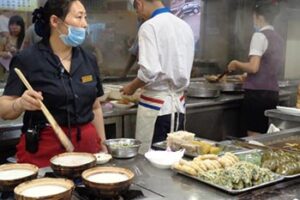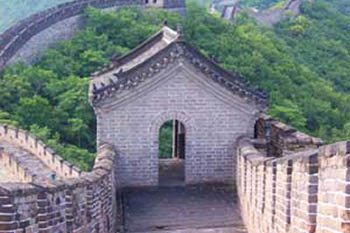
Day tripping around Macau
By Oscar Davis
No visit to Hong Kong is complete without at least a day spent in Macau discovering its many delights. Macau is unusual in two respects. The first is that it’s one of two Chinese Special Administrative Regions, the second is that it was under Portuguese rule between 1887 and 1999 when it was returned to China.
The former means that you will enjoy many liberties in Macau not generally experienced in mainland China. The latter means that you will find many reminders of its Portuguese influences, not just in the architectural style and street names, but in many other aspects too.
Best of all, most people agree that a day is quite long enough to experience all the highlights of Macau, even if you’re determined to really get under the skin of this place that is rich in contradictions and seemingly miraculous encounters.
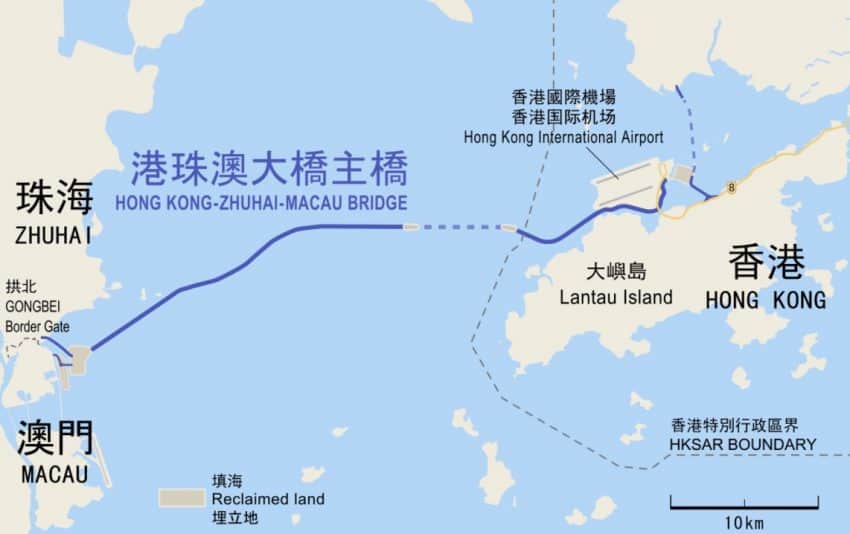
Getting there
Although you can reach Macau via the 34-mile Hong Kong/Macau bridge, by far the easiest way to start your day trip is by catching one of the high-speed ferries that run from Hong Kong and Kowloon.
The trip takes around an hour and costs around HKD 350 return. Remember to pack your passport too because you’ll need it to get into Macau when you arrive – as a Special Administrative Region, it has immigration procedures that have to be followed.
What to see and do in Macau
The colorful Street of Happiness is a must-visit for those exploring Macau.
The first place to head for once you’re in Macau is the charming village of Taipa. It’s well to the south of the peninsula and the best way to get there is by catching a taxi from the ferry terminal. Alternatively, the cheaper option is catching one of the buses that head down there with helpful drivers who’ll make sure you’re on the right route.
Taipa itself is a bustling mix of Chinese shops and restaurants. It’s also the place where, on our visit, we learned a great deal about the Portuguese colonial past at the Taipa Houses-Museum. These are five linked mansions once owned by wealthy Portuguese families. On independence, they were restored and converted into a home for hundreds of artifacts from the period of occupation.
Nearby, in the village of Coloane, you’ll also find plenty of Portuguese influences. You’ll find tons of attractions to occupy your time here as you walk the streets, including old churches that, if you didn’t know you were in Asia, you could easily think that you were in Lisbon or Porto instead.
Explore the Gaming

There’s a very good reason why Macau is also known as “the Las Vegas of the East” – the legendary casinos. These make their American rivals pale in comparison so it’s well worth checking one or two out while you’re there.
While gambling is forbidden in mainland China, it’s one of the dispensations that’s been granted to Macau, making it a real hot spot for gambling on this side of the world.
It would be a wasted opportunity if you didn’t enjoy trying your luck in one of the casinos itself. There’s everything from slots to roulette and blackjack to baccarat. If you really want to knock your socks off, then The Venetian is undoubtedly the casino to head for.
Modeled on the Vegas version, it’s the biggest casino in the world. So big, in fact, that it could hold 9 jumbo jets with ease. It also boasts its own network of canals. So when we saw that it also had its own gondolas, along with singing gondoliers, we couldn’t resist the 20-minute experience – a bargain at just HKD 120 per person, far less than a similar trip along the actual Grand Canal would cost you.
What to see and eat
Put some time aside for a visit to the oldest part of Macau, Senado Square, and the ruins of St. Paul. These are the centerpieces of its UNESCO World Heritage Site and the latter was, for centuries, the largest Catholic church in Asia. But, following an 1835 typhoon that all but destroyed it, today just its iconic façade remains.
All the sightseeing is certain to build up quite an appetite and luckily for you, there are plenty of ways to satisfy it. There are countless street stalls almost wherever you go and a perennial favorite is the classic Chinese pork bun.
You should also make sure that you enjoy a traditional Portuguese favorite by picking up a custard tart or two from the famous Lord Stow’s. There are branches all over Macao so you’re certain to come across one. For a more up-market dining experience, try out A Petisquera in Taipa, famous for its Portuguese salt cod and clams.
A must for adrenalin junkies
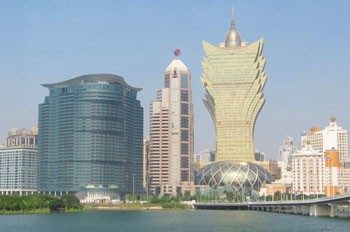
The city is also home to one of the world’s highest bungee jumps, which is ideal if you’re an adrenaline junkie looking for a thrill. If you’re brave enough, you can leap into the unknown from the 338 meters Macau Tower.
If you just want to enjoy the view, there a gallery from which you can see all the way to Hong Kong, as well as admiring Macau from up on high.
Densely Populated Macau
Whatever the time of year you choose to visit Macau, it’s going to be busy. After all, it’s one of the most densely populated places in the world. People from the mainland also head there at the weekend so, if possible, a midweek visit is best.
As for the best time of year, from September to November it’s still warm but with less rain than in the Spring. One final word of advice is to invest in an iVenture card. This will get you discounts and free admission into many places in both Hong Kong and Macau – and that will mean more money left to enjoy yourself on your trip.
 Oscar Davis is a freelance writer based in Leeds, England.
Oscar Davis is a freelance writer based in Leeds, England.
- Valentine’s Day Suggestions…for that Special Person - January 22, 2026
- Missouri Sports Travel Adventure: From Landmarks to Ballparks - January 21, 2026
- What First-Time Visitors Get Wrong About Visiting Iceland - January 15, 2026


